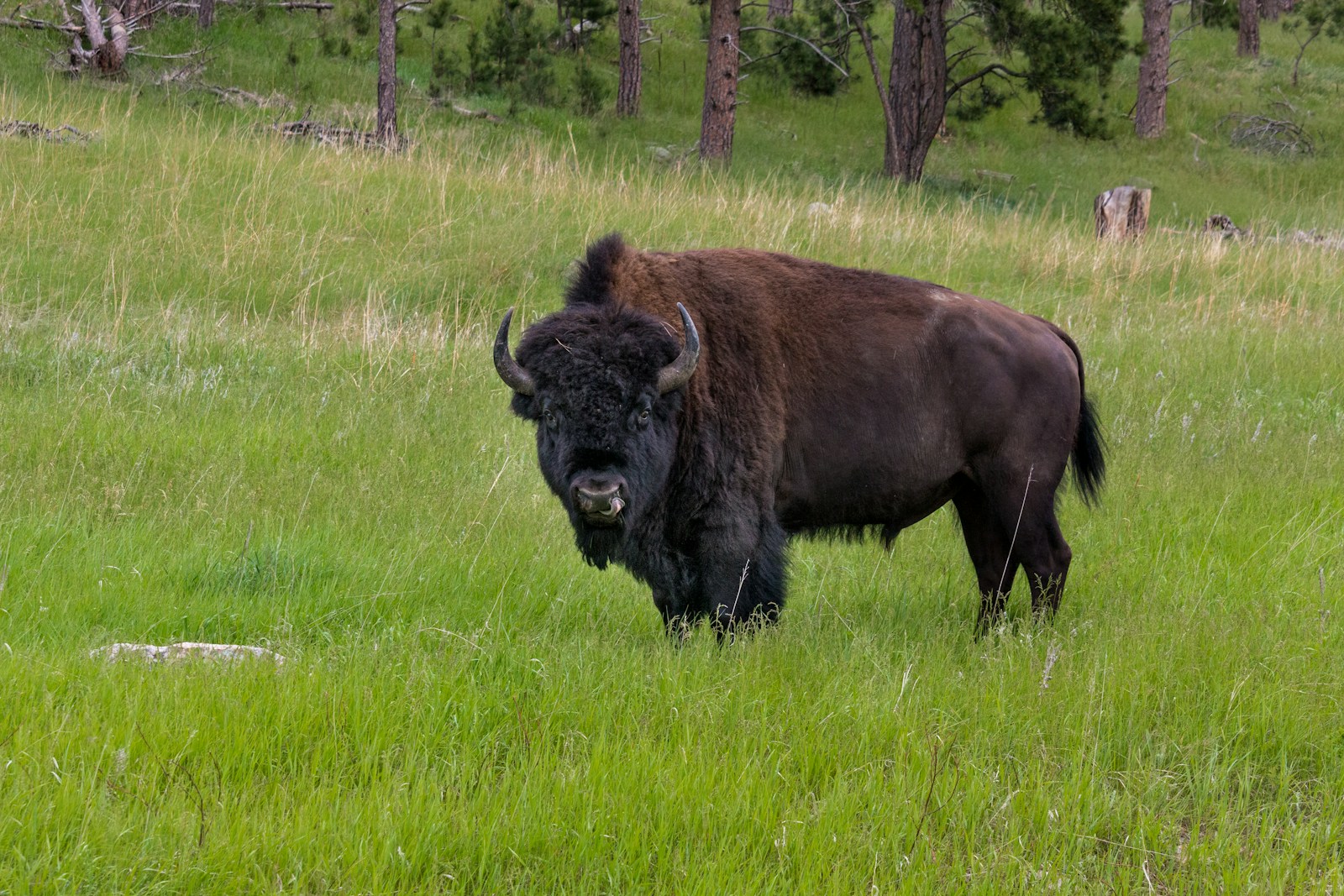Bison are majestic symbols of the American wilderness, drawing thousands of wildlife enthusiasts to national parks each year. These magnificent creatures, weighing up to 2,000 pounds and capable of running at speeds of 35 miles per hour, deserve our respect and admiration—from a safe distance. Tragically, each year visitors are injured, sometimes fatally, because they underestimate the wild nature of these animals. This comprehensive guide will help you enjoy these iconic mammals safely, ensuring a memorable experience while preserving both your wellbeing and the natural behavior of these remarkable animals.
Understanding Bison Behavior
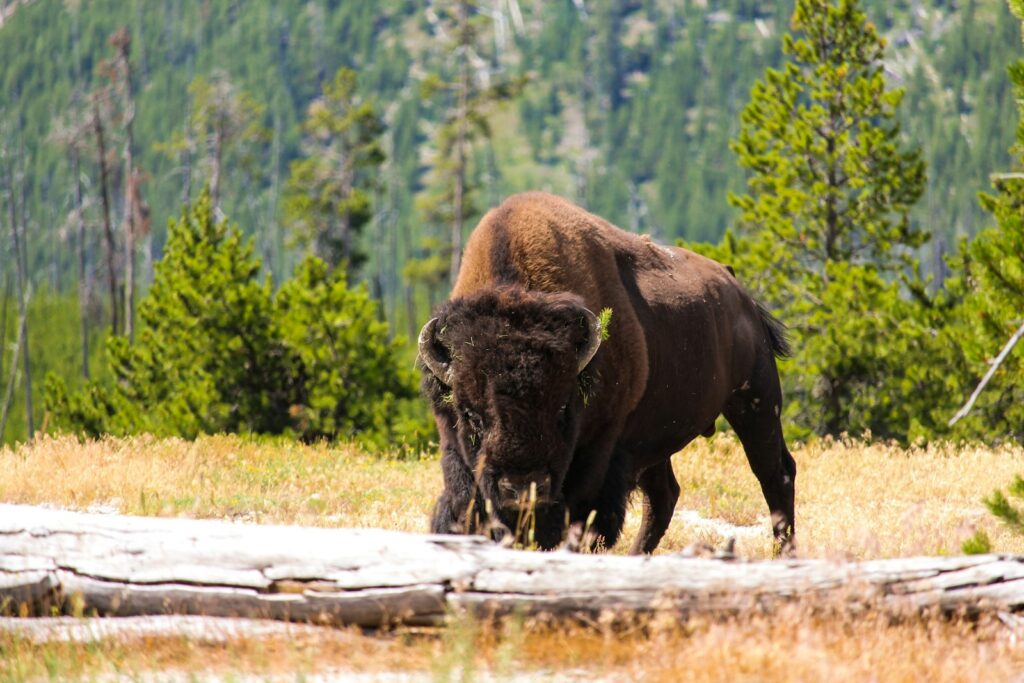
Despite their seemingly docile appearance when grazing, bison are wild animals with unpredictable behaviors and impressive defensive capabilities. They possess poor eyesight but compensate with acute hearing and an exceptional sense of smell that can detect threats from great distances. Bison communicate through body language that humans often misinterpret—a raised tail, pawing the ground, or head-bobbing can signal agitation or an imminent charge. During mating season (July-August), bulls become particularly aggressive as they compete for females, while cow bison are most dangerous in spring when protecting their calves. Understanding these behavioral patterns is your first line of defense in avoiding dangerous encounters.
The Critical Importance of Distance
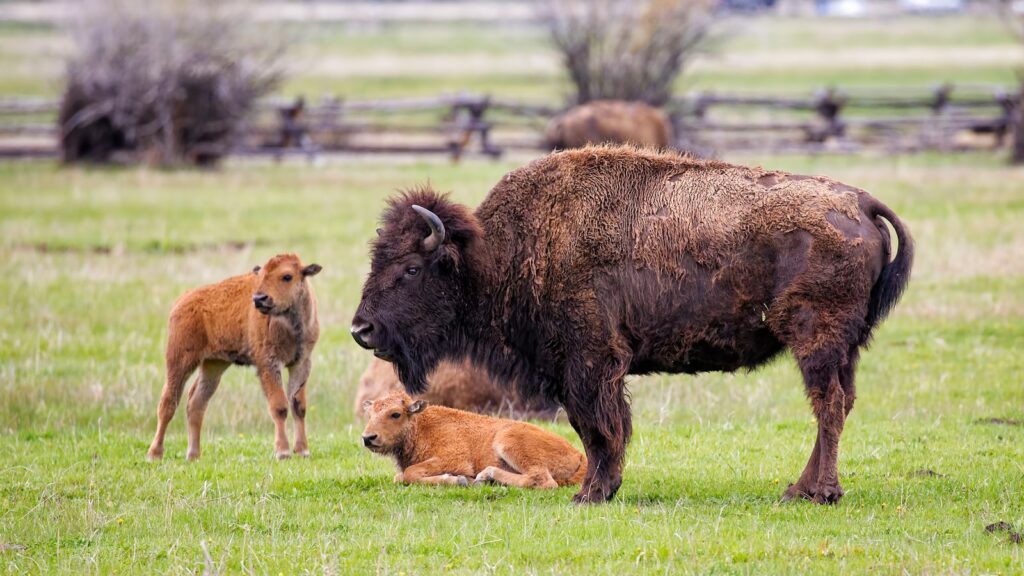
National Park regulations mandate maintaining at least 25 yards (75 feet) from bison at all times—a minimum safety standard rather than an ideal viewing distance. In practice, wildlife experts recommend doubling this distance to at least 50 yards, particularly during sensitive seasons. This distance buffer provides reaction time should a bison decide to charge, which they can do with surprising speed despite their bulky appearance. Remember that your perception of distance can be deceptive in open landscapes; what appears to be 100 feet away might actually be much closer. Using landmarks to gauge distance or practicing with a rangefinder before your trip can help calibrate your spatial awareness in the field.
Essential Viewing Equipment
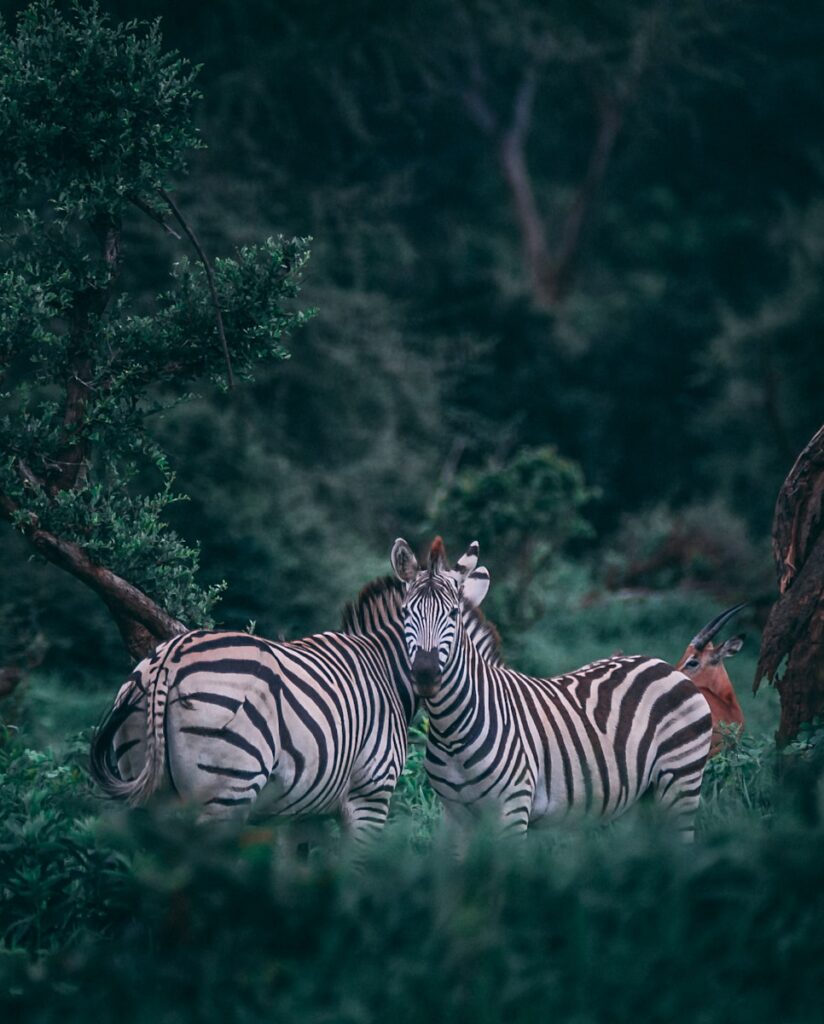
Investing in quality viewing equipment transforms your wildlife watching experience while promoting safe practices. Binoculars with 8x or 10x magnification provide excellent detail while allowing you to maintain a responsible distance. For photography enthusiasts, telephoto lenses of at least 200mm are recommended, with 400mm or longer being ideal for frame-filling shots from safe distances. Consider bringing a spotting scope (15-60x magnification) for stationary observation, allowing incredible detail from hundreds of yards away. Modern smartphone adapters for binoculars and scopes can even enable excellent photography without expensive camera equipment. Remember that no photograph is worth risking your safety or disturbing wildlife—the best images come from patient observation at appropriate distances.
Best Times and Locations for Viewing
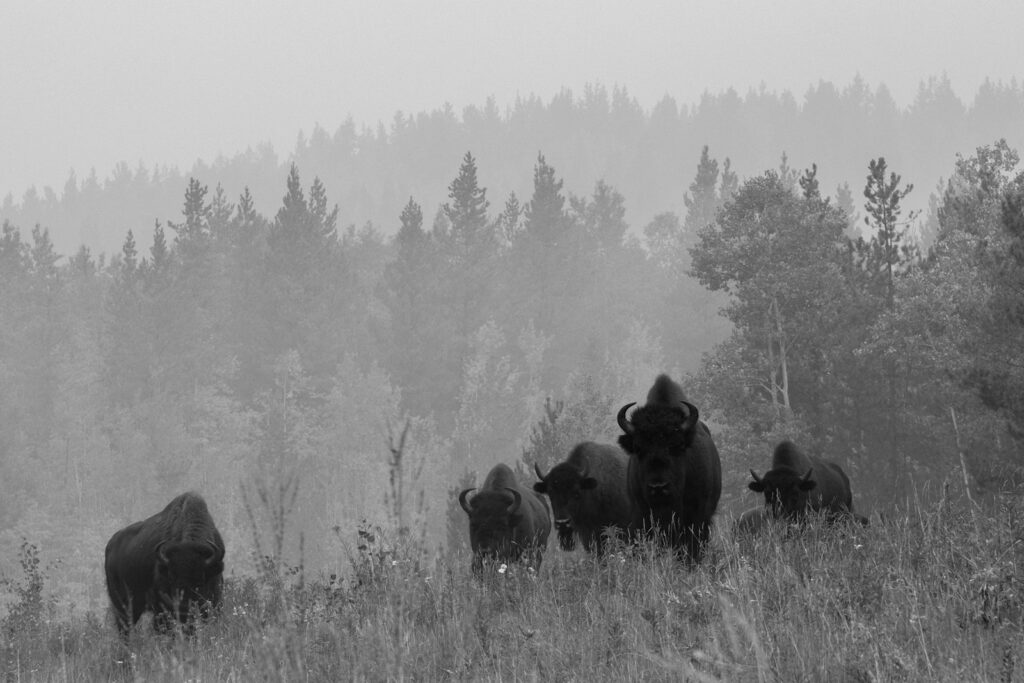
Timing significantly impacts both safety and quality of bison encounters. Early morning and evening hours offer prime viewing opportunities when bison are most active, often congregating in meadows or near water sources. These cooler periods also typically have fewer visitors, reducing the risk of crowding that can stress animals. Yellowstone’s Lamar and Hayden Valleys, Theodore Roosevelt National Park’s South Unit, and Custer State Park’s Wildlife Loop Road are renowned for reliable bison viewing opportunities. Research seasonal movement patterns before your trip, as bison herds relocate throughout the year following food availability. Speaking with park rangers upon arrival can provide current information on recent sightings and areas to avoid due to heightened activity or aggression.
Recognizing Warning Signs
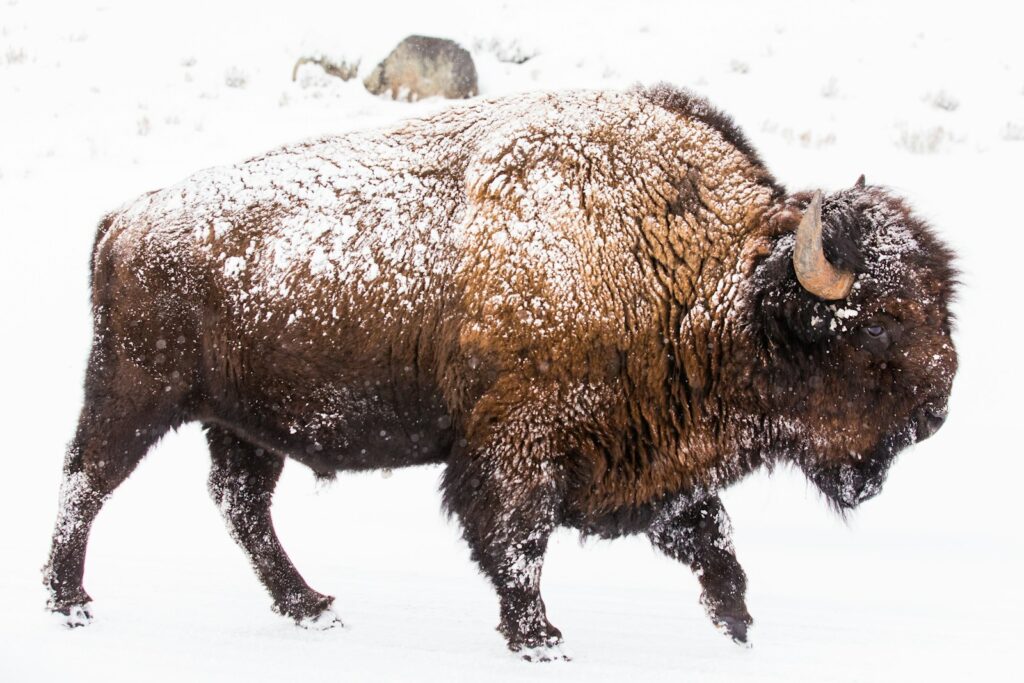
Being attuned to bison body language can prevent dangerous situations from developing. Tail raising is among the most reliable indicators of agitation; when a bison’s tail stands upright, it signals potential aggression and imminent movement. Head-bobbing, pawing the ground, snorting, or making short charges are escalating warning signs that demand immediate, calm withdrawal from the area. Ear positioning also provides important cues—ears pointed forward indicate curiosity, while ears laid back suggest irritation or aggression. Be especially vigilant if you notice the animal has stopped feeding to focus attention on you, as this shift in behavior often precedes defensive actions. Always respond to these signals by increasing your distance without making sudden movements or turning your back completely on the animal.
Vehicle Safety Around Bison
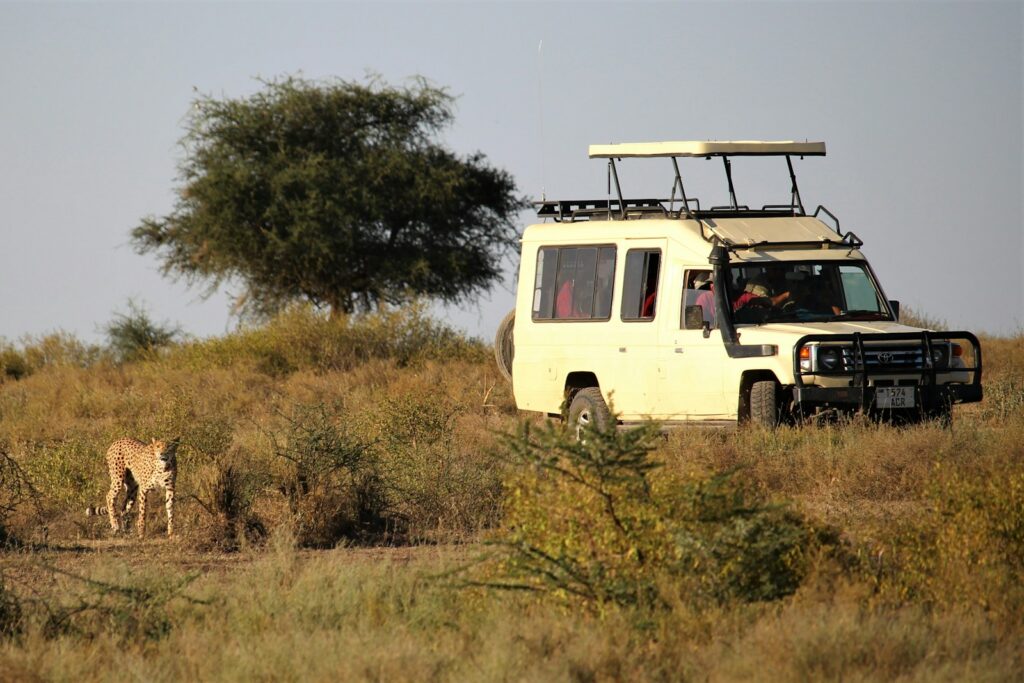
Vehicles provide excellent mobile viewing platforms but require specific safety practices around bison. Always remain inside your vehicle when bison are within 100 yards, keeping windows at least partially closed when animals approach closely. When stopping to observe bison near roadsides, pull completely off the road, use hazard lights, and be prepared to move if the animals approach. Never honk, rev engines, or make loud noises to attract attention, as these disturbances can trigger defensive responses. During bison crossings, exercise extreme patience—these animals move at their own pace and attempting to hurry them can lead to dangerous confrontations. Remember that while your vehicle offers protection, bison can cause significant damage if they charge or are startled into colliding with your car.
Hiking in Bison Country
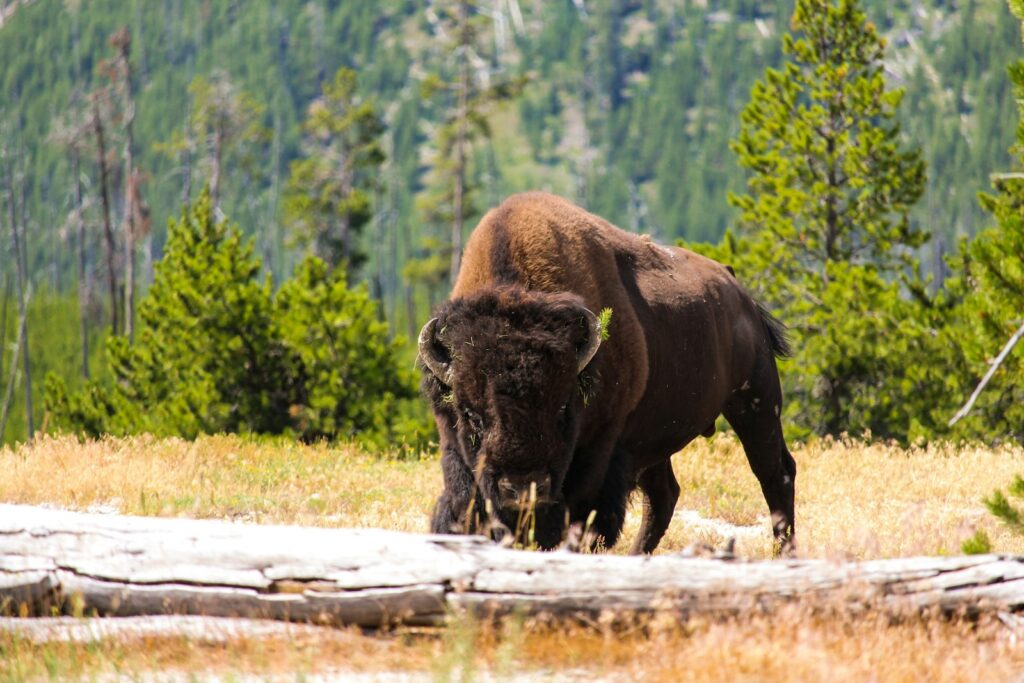
Encountering bison while on foot requires heightened awareness and specific safety protocols. Before hiking, check with rangers about recent bison activity and consider carrying bear spray, which can be effective against charging bison in emergency situations. When hiking in groups, stay together to present a more substantial visual deterrent, but maintain conversational volume to avoid startling animals beyond the next bend. Upon spotting bison on or near trails, assess whether you can safely detour around them while maintaining the minimum 25-yard distance; if not, turn back and choose another route. If caught in an unexpected close encounter, remain calm, avoid direct eye contact which can be perceived as threatening, and slowly back away while giving the animal a clear escape path.
Photography Ethics and Techniques
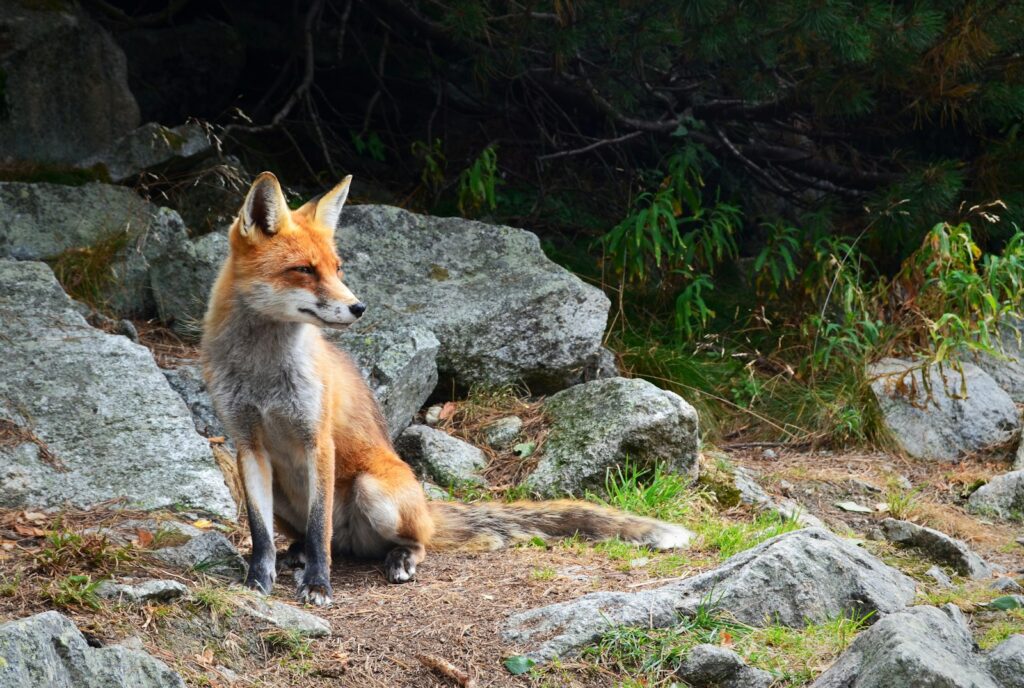
Ethical wildlife photography prioritizes animal welfare over perfect compositions or social media likes. The fundamental rule is that if an animal changes its behavior because of your presence, you’re too close. Use the “thumb rule” as a quick field guide—if you can cover the entire bison with your extended thumb, you’re likely at a safe distance. Embrace wide-angle contextual shots that include the animal in its natural habitat rather than risking close-ups that require proximity. Modern cameras and phones have excellent cropping capabilities, allowing you to capture detail from safer distances. Consider wildlife photography workshops in national parks, where professional photographers can teach techniques for compelling images that don’t compromise safety or ethics.
Special Considerations for Families
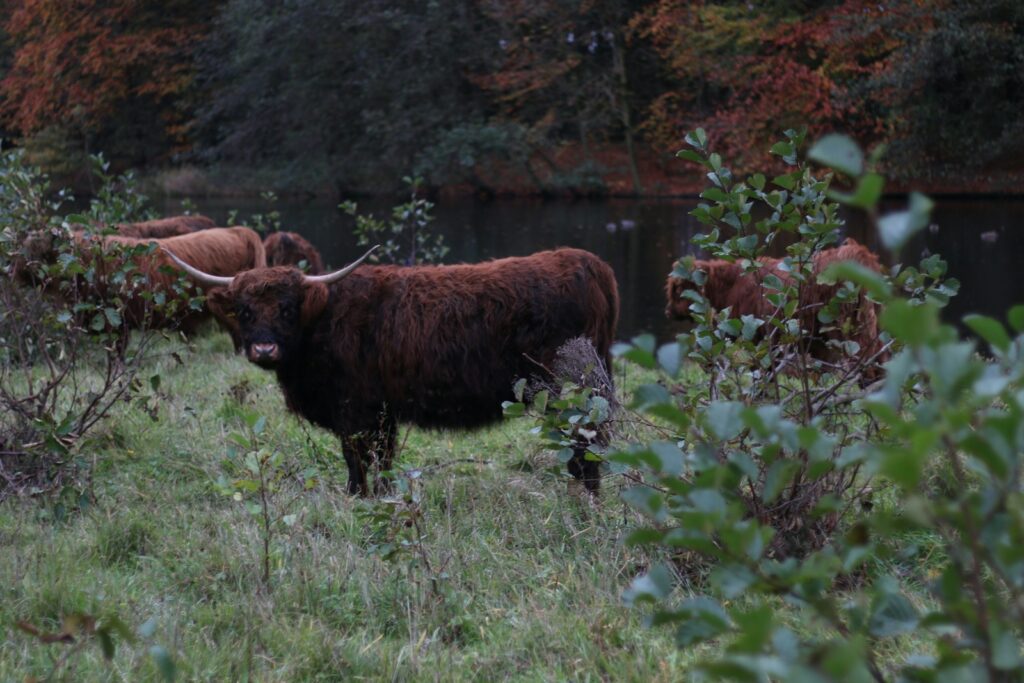
Families traveling with children face additional challenges when viewing bison safely. Before your trip, educate children about bison behavior and safety rules using age-appropriate resources like junior ranger booklets or wildlife documentaries. Establish clear safety protocols, including holding hands with adults near wildlife viewing areas and practicing emergency responses. Create engaging distance-based activities like bison behavior bingo or sketching competitions that encourage observation from safe vantage points. For younger children, vehicle-based viewing is often the safest option, with designated scenic pullouts providing protected observation opportunities. Remember that a child’s small stature can make bison appear even more intimidating, potentially triggering unexpected reactions from both the child and the animal.
Seasonal Viewing Considerations
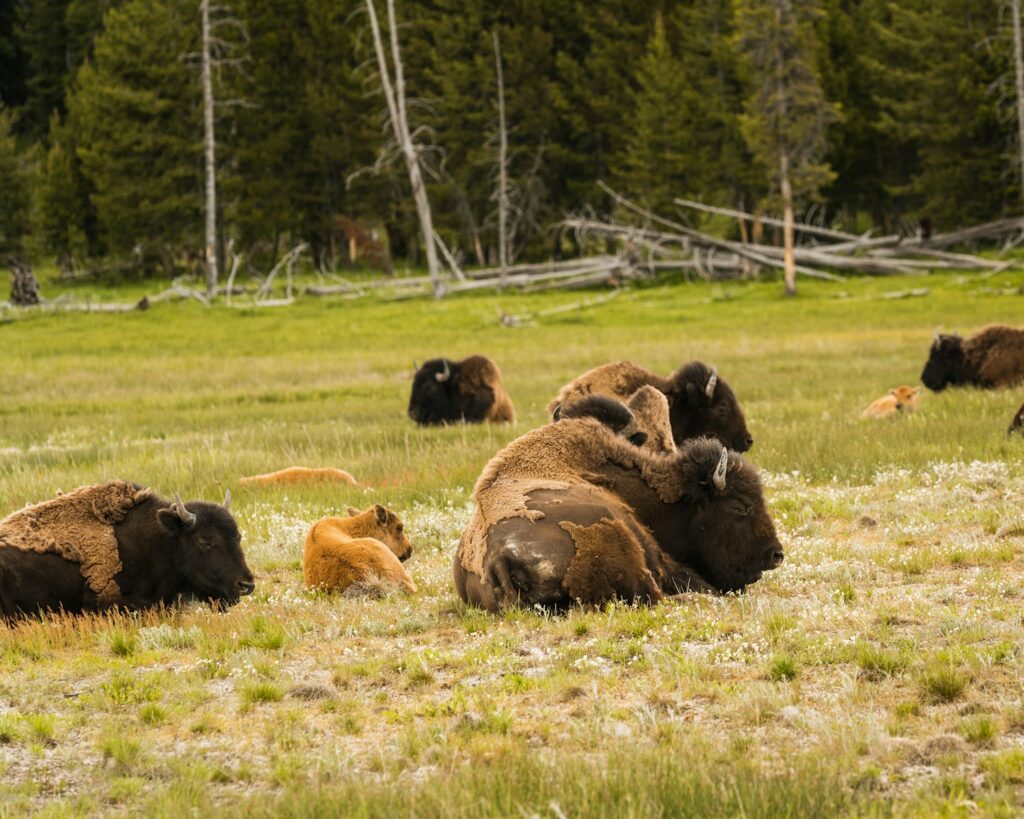
Each season presents unique opportunities and challenges for safe bison viewing. Spring brings the excitement of rusty-orange calves, but protective mother bison are at their most defensive during this period, necessitating extra distance. Summer coincides with breeding season, when bulls engage in dominance displays including fighting, dust-wallowing, and heightened aggression—spectacular to witness from afar but dangerous up close. Fall viewing benefits from reduced tourism crowds and the impressive sight of bison in prime condition with thick coats before winter. Winter offers perhaps the most magical viewing experiences, with steam rising from bison’s massive bodies against snowy landscapes, though accessibility may be limited by park closures. Adjust your distance expectations seasonally, allowing significantly more space during spring calving and summer rut periods.
Managing Group Dynamics
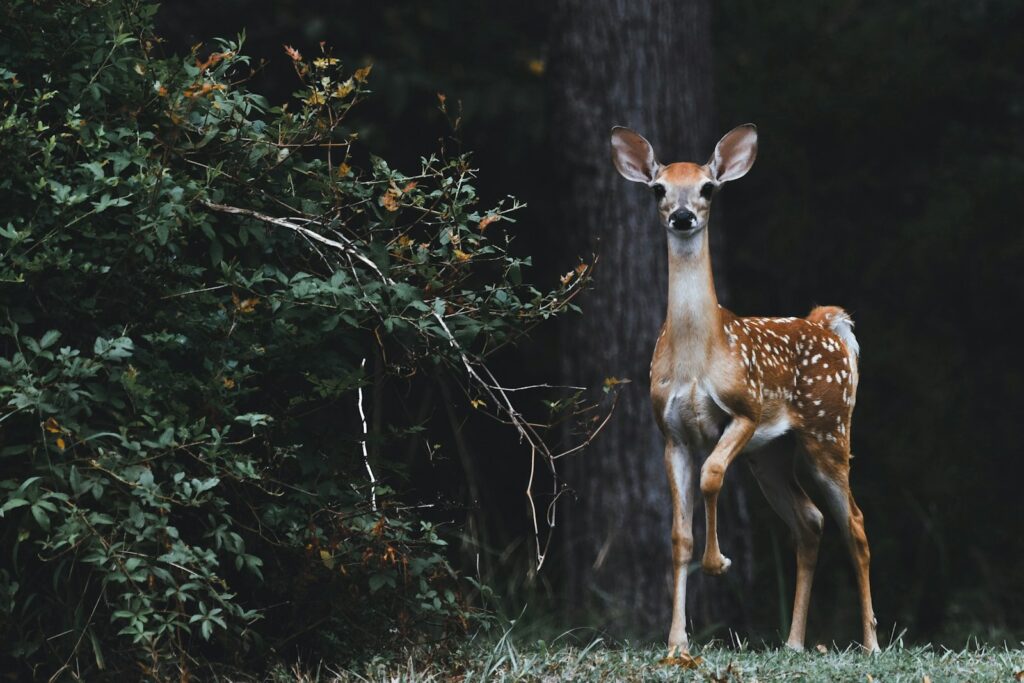
Coordinating safe wildlife viewing becomes more complex as group size increases. Designate a safety coordinator within your group responsible for monitoring animal behavior and maintaining appropriate distances. Establish clear communication signals to alert everyone to potential concerns without causing alarm. Before approaching viewing areas, have a brief huddle to remind everyone of safety protocols and viewing etiquette. Discourage competitive behavior that might push individuals to take risks for better views or photographs. Larger groups should consider breaking into smaller subgroups with staggered viewing times at popular locations to reduce collective impact on wildlife. Remember that each additional person extends your group’s footprint, potentially blocking escape routes or increasing stress on animals.
Understanding the True Dangers
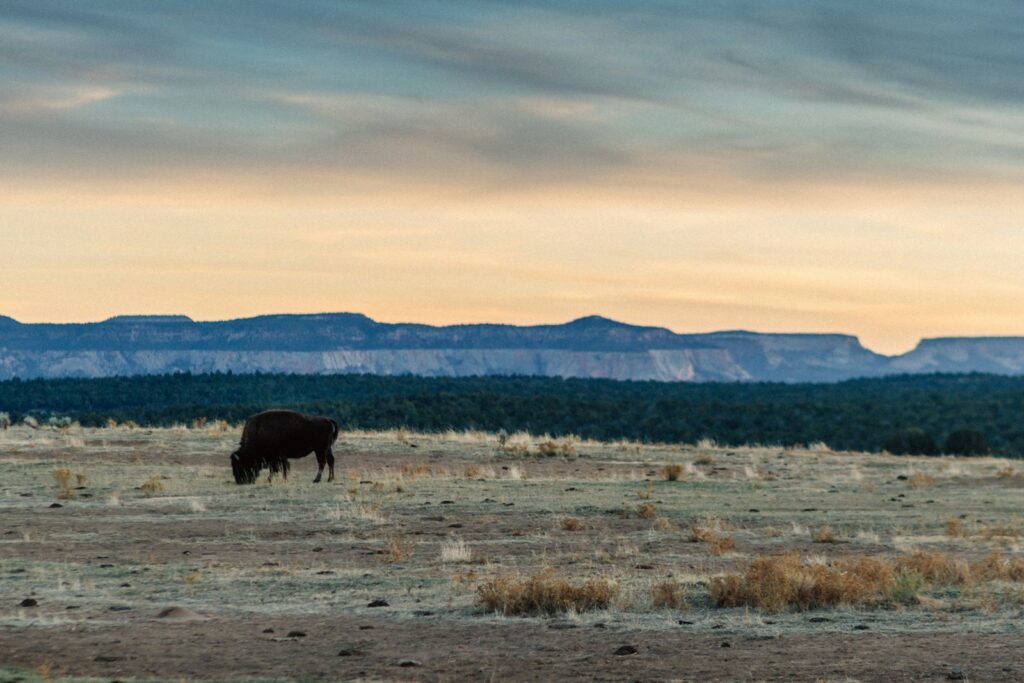
The statistics surrounding bison encounters provide sobering context for safety protocols. Bison injure more visitors in Yellowstone National Park than any other animal, with dozens of incidents recorded annually. When charging, these animals can reach 35 mph in seconds—faster than Olympic sprinters—making last-moment evasion impossible for humans. Injuries typically result from goring with horns or trampling, causing puncture wounds, broken bones, internal injuries, or even fatalities. Most incidents occur when visitors approach within 10 feet of the animals, often for photographs, demonstrating that almost all injuries are preventable through proper distancing. Understanding that bison are genuinely wild animals—not park attractions—is fundamental to appreciating why seemingly arbitrary distance rules exist and must be respected.
Reporting and Responding to Problems
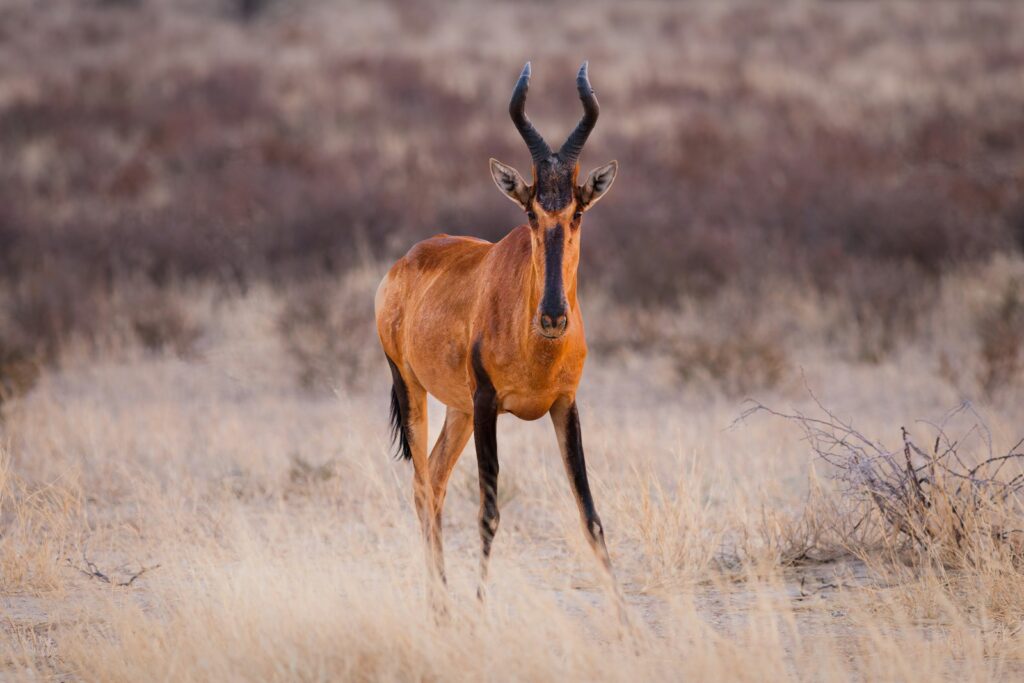
Responsible wildlife viewing includes knowing how to report concerning situations and respond to emergencies. Program park emergency numbers into your phone before your visit, as cell service is often limited within park boundaries. If you witness visitors harassing wildlife or approaching dangerously close, document the behavior if possible and report it to the nearest ranger rather than confronting people directly, which can escalate situations. For wildlife jams (traffic congestion around animals), follow ranger instructions and consider returning at less crowded times. In the unfortunate event of an injury, call emergency services immediately while keeping other visitors back from the area. By reporting problems promptly, you help rangers manage emerging situations before they become dangerous and contribute to improved safety protocols.
Embracing the Majesty from Afar
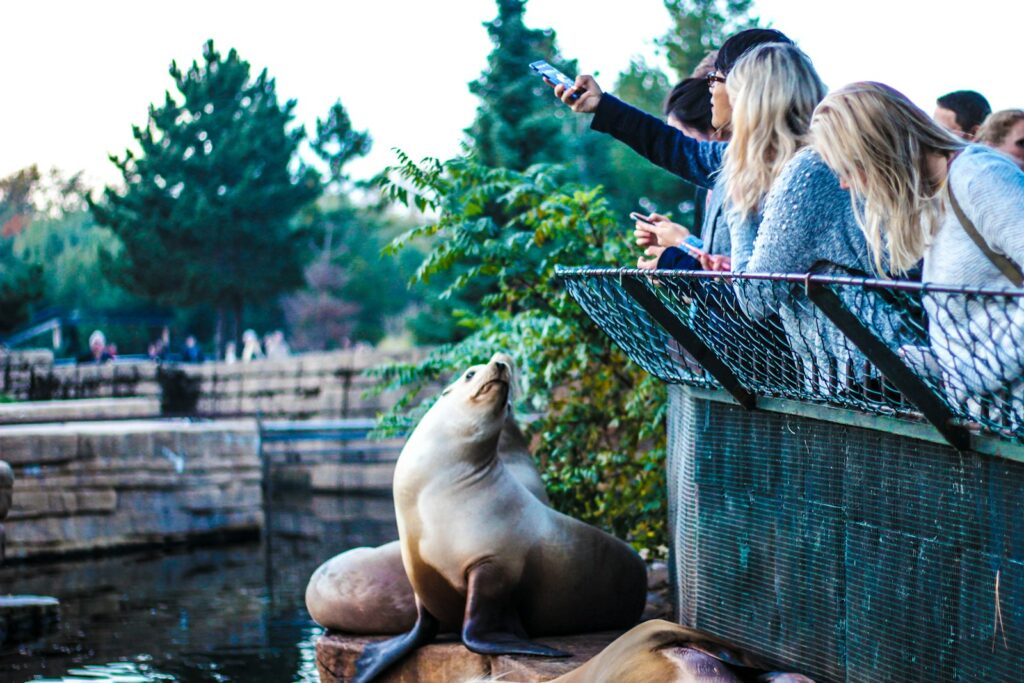
The most profound wildlife experiences often come not from proximity but from patient, respectful observation. Taking time to observe bison from appropriate distances reveals fascinating behaviors invisible to the hurried viewer—complex social interactions, communication methods, feeding patterns, and care of young. Bring a field journal to record observations, enhancing your connection without physical closeness. Consider joining ranger-led programs that provide telescopes and expert interpretation, deepening your understanding while modeling proper viewing practices. Remember that maintaining distance protects not just your safety but the wildness of these animals, preserving natural behaviors for future generations to witness. The true measure of a successful wildlife encounter isn’t how close you got, but how the experience enhanced your appreciation for these magnificent creatures and their irreplaceable role in our natural heritage.
Conclusion
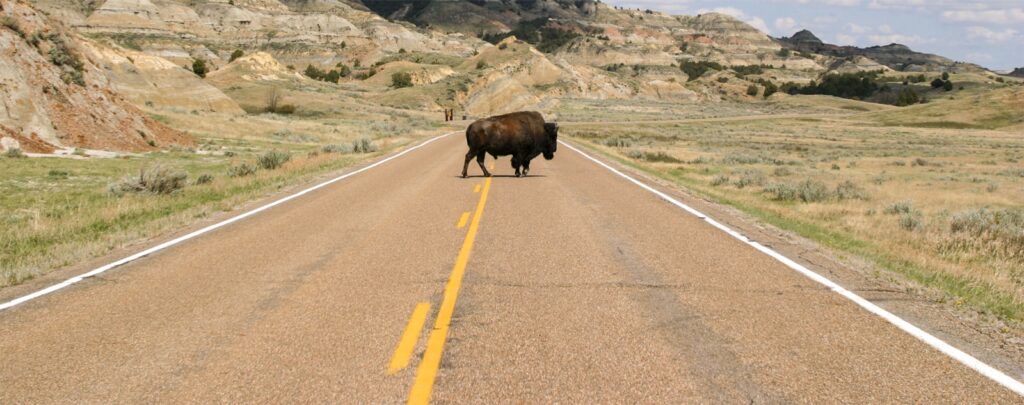
Witnessing America’s iconic bison in their natural habitat creates lasting memories and fosters conservation awareness. By following these guidelines, you’ll enjoy safer, more meaningful encounters while contributing to the preservation of both these magnificent animals and their diminishing habitats. Remember that responsible wildlife viewing is an act of respect—for the animals, for fellow visitors, and for the wild spaces we are privileged to share. The most rewarding bison encounters come not from dangerous proximity but from patient observation and a genuine appreciation for witnessing these prehistoric survivors thriving in the modern world.

